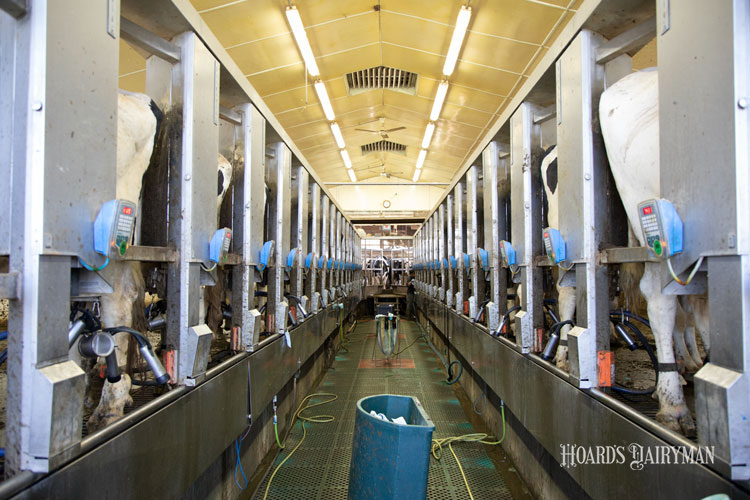
For the fourth straight year, somatic cell counts were under 200,000 cells per milliliter for U.S. herds enrolled in Dairy Herd Improvement (DHI) testing plans. Of course, somatic cell counts (SCC) are a leading indicator of milk quality. The lower the SCC, the higher the quality of milk.
In 2020, U.S. herds averaged 178,000 cells per milliliter . . . an improvement from 187,000 just one year earlier. While 178,000 cells per milliliter was the average, 1.2% of the nation’s herds had test-day cell counts over 750,000, and 8.3% were over 400,000.
Just five years earlier, in 2016, the nation’s average SCC stood at 203,000. And from 2012 to 2016, that number hovered in a tight range from 199,000 to 204,000.
To learn more, read “Milk somatic cell count declined in Dairy Herd Improvement herds during 2020.”
Making sense of somatic cell counts
For many years, the level of somatic cells in milk has been used to reflect the infection status of the mammary gland. When infectious agents enter the udder, the cow’s immune response sends somatic cells to respond. And while the cells usually succeed in thwarting the infection, those cells do lower milk quality.








